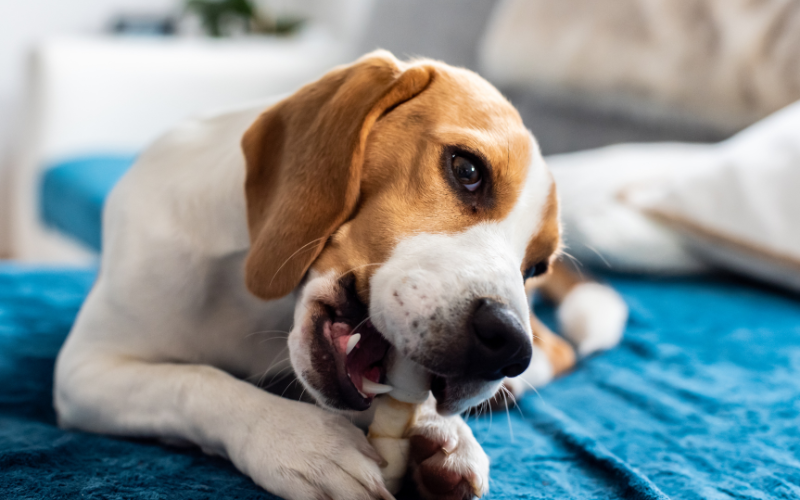Why Veterinary Dentistry Is Essential for Your Pet
Just like humans, pets require routine dental care to maintain overall health. Dental disease (periodontal disease) is one of the most common health issues in pets, affecting over 80% of dogs and 70% of cats by age three. If left untreated, periodontal disease can lead to severe pain, tooth loss, and potentially serious infections impacting vital organs, including the heart, liver, and kidneys.
Fortunately, regular dental check-ups and cleanings help prevent these health issues, saving your pet from unnecessary pain and extending their lifespan.
Comprehensive Dental Services at Campbellville Animal Hospital
Our veterinary team offers comprehensive dental care services that address every aspect of your pet’s oral health. Our dentistry services include:
Professional Dental Cleanings
We thoroughly remove plaque and tartar, preventing gum disease and tooth decay.
Dental Extractions & Oral Surgery
When additional treatment is necessary, we conduct safe and expert surgical procedures for pets experiencing severe dental issues, tooth fractures, or oral tumours.
Home Care Guidance
We offer personalized advice and training on at-home dental care, including tooth-brushing techniques and dental-friendly diets.
Digital Dental Radiography
Our state-of-the-art digital dental radiography allows precise evaluation of teeth, gums, and underlying structures for early and accurate diagnosis.
Routine Dental Exams
Annual or semi-annual dental check-ups help to detect problems early and provide appropriate treatment.

Benefits of Regular Veterinary Dental Care
Consistent dental care can significantly enhance your pet’s quality of life by:
- Preventing painful dental disease and discomfort
- Reducing bad breath
- Lowering the risk of heart, liver, and kidney disease linked to poor dental health
- Enhancing overall health and longevity
- Minimizing the need for costly, invasive procedures later on
Trusted Expertise and Advanced Dental Technology
At Campbellville Animal Hospital, our team includes highly trained veterinarians and registered veterinary technicians with specialized expertise in veterinary dentistry. We utilize advanced digital dental radiography to accurately diagnose dental conditions, enabling effective, targeted treatments that ensure the best outcomes for your pet.
Our compassionate and professional approach ensures a stress-free experience for both pets and their owners, fostering trust and comfort with every visit.

Schedule Your Pet’s Dental Appointment Today
Protect your pet’s oral health and enhance their quality of life by scheduling a dental exam at Campbellville Animal Hospital.
Contact us today at 905-854-5556 or book your appointment online. We look forward to helping your pet maintain a healthy smile!
